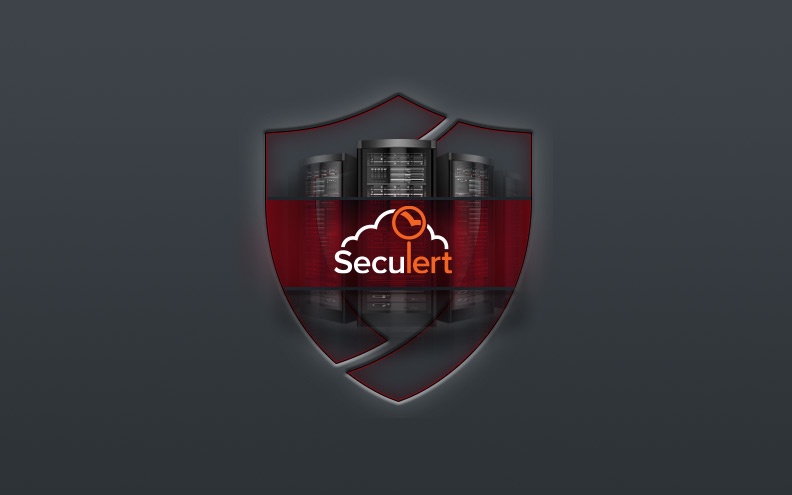On-Demand Webinar
latest insights
seculert blog

New Dyre variant outsmarts AV researchers' sandboxes
Now Seculert researchers have discovered new changes that make Dyre more difficult to detect and analyze.
read moreAnti-sandbox capabilities found in Dyre malware
Seculert research discovers that a new version of the financial malware Dyre is avoiding sandbox detection by counting the number of cores.
read moreBanking Trojan Uses Simple Method to Evade White Hats’ Analysis
A new variant of Dyre banking Trojan has emerged with a simple, yet efficient trick that prevents malware researchers from analyzing it.
read moreDyre Malware Developers Add Code to Elude Detection by Analysis Tools
As more companies deploy sandboxing technology to catch advanced malware, many attackers are adding code to their program to detect if the attack running in a virtual machine.
read moreDyre Banking Trojan Counts Processor Cores to Detect Sandboxes
Researchers have come across a new version of the Dyre banking malware that leverages a clever yet simple technique to evade sandboxes and prevent analysis.
read moreDyre Banking Trojan Jumps Out Of Sandbox
A number of unidentified commercial and freely available sandboxes fail to detect a new version of the Dyre banking Trojan, which was recently blamed for more than $1 million in losses to financial institutions and enterprises. - See more at: https://threatpost.com/dyre-banking-trojan-jumps-out-of-sandbox#sthash.c0CmYihA.dpuf
read moreDyreza Banking Trojan Variant Evades Sandbox Solutions
Researchers have documented a new variant of the Dyreza banking trojan, a member of the Dyre malware family, which has the capability to evade an array of sandbox solutions.
read moreDyre Banking Trojan Counts Processor Cores to Detect Sandboxes
According to Seculert, the new Dyre sample they’ve analyzed is designed to check the number of processor cores on the infected machine. Since most modern PCs have at least two cores, a single core could indicate the presence of a sandbox. That is because sandboxes are usually configured to use only one core in order to save resources.
read morecategories
- chevron_right In the Media (82)
- chevron_right News & Media (82)
- chevron_right Resources (17)
- chevron_right Press Releases (12)
- chevron_right Webinars (9)
- chevron_right Blog (5)
- chevron_right White Papers (4)
- chevron_right Reports (3)
- chevron_right 2015 (2)
- chevron_right Events (2)
- chevron_right Product (2)
- chevron_right 451 Report (1)
- chevron_right Black Hat, Security Analytics (1)
- chevron_right Brochures & Datasheets (1)
- chevron_right Gateway Attack Detection (1)
- chevron_right In the News (1)
- chevron_right Javelin (1)
- chevron_right Javelin Attack Simulator (1)
- chevron_right Uncategorized (1)
recent post
-
An Acquisition is Akin to a Rollercoaster Ride
Feb 15, 2017 9:32:37 PM -
Let’s Hack an Election, Shall We?
Nov 2, 2016 1:55:28 AM -
Nymaim: Deep Technical Dive - Adventures in Evasive Malware
Oct 11, 2016 3:30:00 PM
Proxy Games - How Enterprises Remain Vulnerable to Threats
Topics: News & Media, Events
Now Seculert researchers have discovered new changes that make Dyre more difficult to detect and analyze.
Topics: News & Media, In the Media
Seculert research discovers that a new version of the financial malware Dyre is avoiding sandbox detection by counting the number of cores.
Topics: News & Media, In the Media
Banking Trojan Uses Simple Method to Evade White Hats’ Analysis
A new variant of Dyre banking Trojan has emerged with a simple, yet efficient trick that prevents malware researchers from analyzing it.
Topics: News & Media, In the Media
Core checker a defensive wrecker
Topics: News & Media, In the Media
Dyre Malware Developers Add Code to Elude Detection by Analysis Tools
As more companies deploy sandboxing technology to catch advanced malware, many attackers are adding code to their program to detect if the attack running in a virtual machine.
Topics: News & Media, In the Media
Dyre Banking Trojan Counts Processor Cores to Detect Sandboxes
Researchers have come across a new version of the Dyre banking malware that leverages a clever yet simple technique to evade sandboxes and prevent analysis.
Topics: News & Media, In the Media
A number of unidentified commercial and freely available sandboxes fail to detect a new version of the Dyre banking Trojan, which was recently blamed for more than $1 million in losses to financial institutions and enterprises. - See more at: https://threatpost.com/dyre-banking-trojan-jumps-out-of-sandbox#sthash.c0CmYihA.dpuf
Topics: News & Media, In the Media
Researchers have documented a new variant of the Dyreza banking trojan, a member of the Dyre malware family, which has the capability to evade an array of sandbox solutions.
Topics: News & Media, In the Media
Dyre Banking Trojan Counts Processor Cores to Detect Sandboxes
According to Seculert, the new Dyre sample they’ve analyzed is designed to check the number of processor cores on the infected machine. Since most modern PCs have at least two cores, a single core could indicate the presence of a sandbox. That is because sandboxes are usually configured to use only one core in order to save resources.
Topics: News & Media, In the Media



